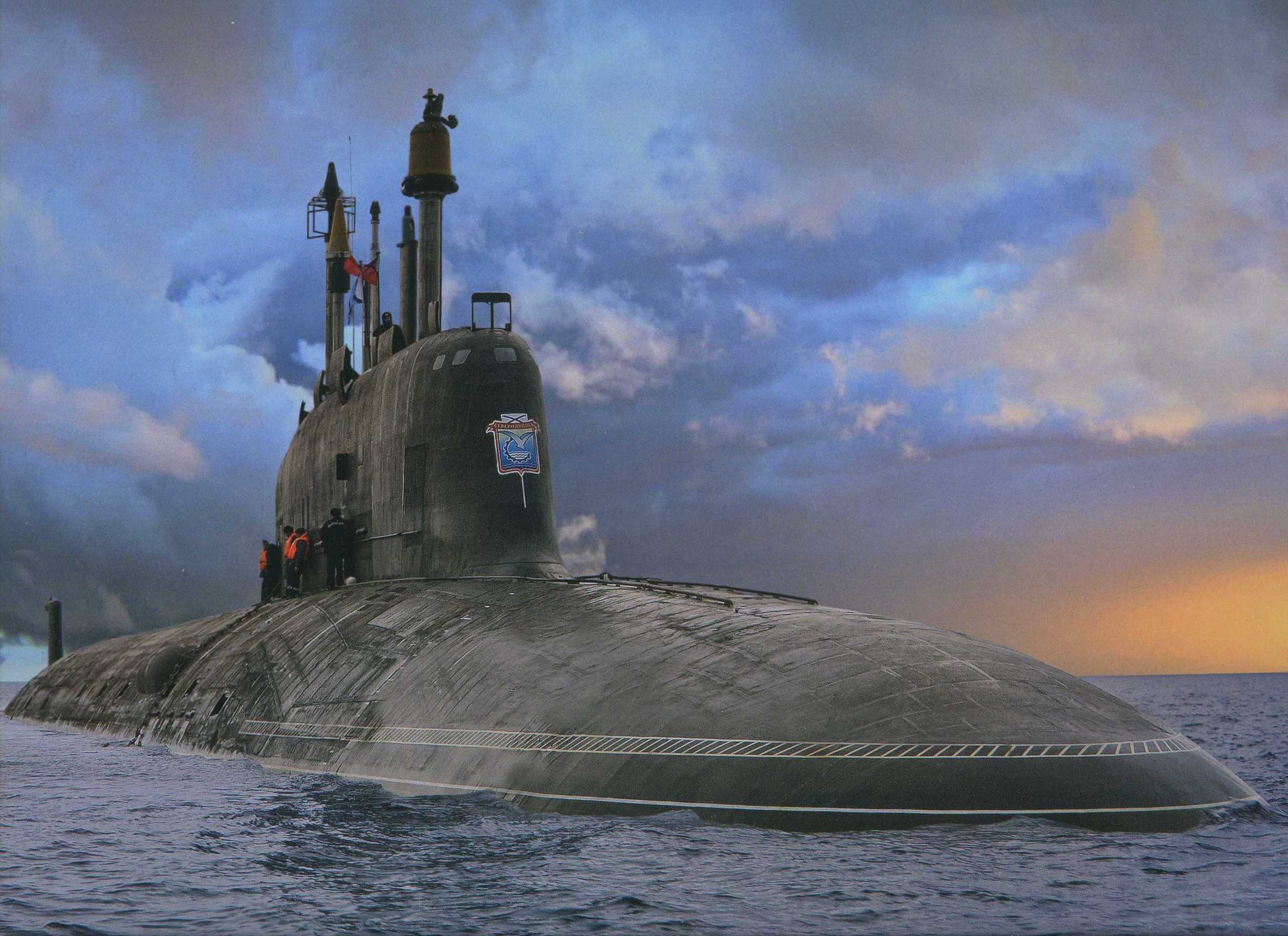
While Russian submarine activity in the Baltic and Mediterranean Seas and the North Atlantic are at their highest levels since the end of the Cold War, its navy has only started to be resourced and its undersea fleet, while “a pocket of competence,” remains small.
This was the assessment of three international experts in a discussion Friday of a new report from the Center for Strategic and International Studies on Undersea Warfare in Northern Europe.
Olga Oliker, director of the Washington, D.C., think tank’s Russia and Eurasia program, said the Russians “think we’re pretty good” at undersea and antisubmarine warfare. With only 56 submarines — nuclear attack, ballistic missile and diesel in its fleet, Moscow also “is worried about falling behind China.”
During the Cold War, the Soviet Union was estimated to have 240 submarines.
Neverthless, “What they do have is very good. This is something we’re going to have to monitor,” Andrew Metrick, one of the report’s authors, said. Russia also shows a willingness to experiment in undersea warfare. Its continued investment in deep submergence vessels capable of launching ballistic missiles “is pretty scary when you start thinking about what kinds of missions it could be used for.”
Steve McCarthy, minister of defense material at the United Kingdom’s Washington embassy, said the context of these increased patrols should be seen as a demonstration of Russia’s anti-access/area denial (A2/AD) capabilities. That means in looking at these operations, it is important to remember that Russia maintains land bases on both the Baltic and Black Seas.
Oliker said although the Baltic Fleet is a priority ranked below Russia’s Northern and Black Sea fleets, the increased activity even there show NATO countries and Sweden and Finland that the Kremlin is showing by its actions “you don’t want people operating in your area.”
She added the navy, even its ballistic missile fleet, has not been the Russia’s highest military spending priority. She said Moscow invests more in its mobile intercontinental ballistic land-based systems than in its ballistic missile submarines.
Metrick said the stepped-up patrols plus alleged territorial violations of Swedish waters, probing the areas around the homeport of the United Kingdom’s ballistic missile submarines and barring the laying of undersea cables in the Baltic by Russian submarines point up the need for more training, exercises and shared intelligence in anti-submarine deterrence.
“ASW capabilities have atrophied” in NATO and in the two neutral Scandinavian countries — Sweden and Finland. One of the report’s recommendations was to create a NATO Center of Excellence for Anti-Submarine Warfare.
The Russian naval program faces its own set of challenges.
“Sanctions have hit hard,” Metrick added in the wake of the Russian seizure of Crimea and continued backing of separatists in eastern Ukraine. This includes lack of precision tools and other needed equipment for modern submarine construction, possibly making these vessels unaffordable in the future. After years of relatively little construction or repair in its shipyards, Russia is also facing the retirement of trained workers in its shipyards without skilled workers ready to fill their places.
Oliker said the command of the Baltic Fleet also has been re-shuffled in wake of corruption charges and a Moscow-perceived lack of competence among its senior officers
McCarthy said the United Kingdom has recognized its own shortfalls in ASW and is investing in new frigates and P-8 maritime patrol aircraft. The aircraft offer greater opportunity to work more closely with the United States and Australia.
Metrick added that France is also stepping up its investment in maritime ASW deterrence.
As the report recommended, McCarthy said London believes that re-opening the military airfield in Keflavik, Iceland for maritime patrols would be extremely useful in keeping a close tab on Russian submarine activity in the North Atlantic. It would be a complement to the P-8s to be stationed in Scotland.
The runway is still being used as a commercial airport for Iceland.
Looking at the Baltic itself, Bryan Clark, a senior fellow at the Center for Strategic and Budgetary Assessment and an American submarine veteran, said its shallow waters “are acoustically very different” than others, presenting a different set of problems to be addressed.
But like other waterways, there are chokepoints that can be monitored with new sensors and better cooperation among the NATO countries and Sweden and Finland in sharing that information about submarine movement. Clark noted that peacetime surveillance of Russian submarine operations is different from wartime’s “fire and forget.” Surveillance in peacetime requires great skills and is labor intensive, he added.





